Urban chaos: Downtown Beirut, then and now
Swiss photographer Jacqueline Meier documented the state of the centre city in 1991, 1996 and 2012, exhibiting her captured work in Beirut in March 2018 under the title Urban Dreams.
Jacqueline Meier stepped into Beirut for the first time in 1991 to visit a friend working for the International Committee of the Red Cross. She had only heard about it on the radio and TV through the lens of war, but now she was able to see first hand what was left of the city centre, ravaged by the civil war.
"For the first time, I was facing an armed city, with checkpoints everywhere and a permanent state of war," Jacqueline told The New Arab.
"I went to downtown Beirut and took pictures as a testimony of how it was. I have the feeling sometimes that my camera served as putting a distance between how I felt and what I was actually seeing."
In 1996, she came back to the region to visit her sister who was a volunteer at a Palestinian refugee camp.
"My shock was even bigger than in 1991," she recalled. "It was tabula rasa, except for some buildings that were still standing. I felt like I was in a no man's land."
 |
Beirut is a city in perpetual evolution and change, without any logic or organisation |  |
Jacqueline Meier saw a giant mock-up made by Solidere, a Lebanese company founded by former Prime Minister Rafic Hariri in charge of planning and redeveloping the city centre after the war.
"It didn't look like what it was before at all," she said. "I heard that this place used to be a vibrant meeting place for all Lebanese people."
In 2012, she came back again to find "a place that had lost its past, like a city disconnected from the people and its surroundings".
"Just look at Martyrs' Square," said Jacqueline. "It was the heart of Beirut, now it's just a statue lost in a car park. Why not develop gardens and parks instead of parking lots?"
In 2018, what struck her the most she said was "the craziness of the towers and jungles growing in abandoned old houses".
Independent architect Samer Ladki remained in Beirut during the whole civil war as well as after. He spoke to The New Arab about some of Jacqueline Meier's pictures taken in 1991 and 1996, comparing them with the architecture of downtown Beirut today.
Martyrs' Square: The heart of downtown Beirut built in commemoration of those executed here under Ottoman rule
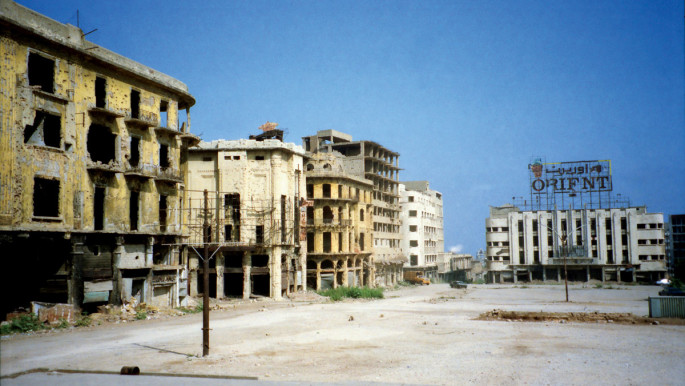 |
|
| Martyrs' Square in 1991 [Jacqueline Meier @jm] |
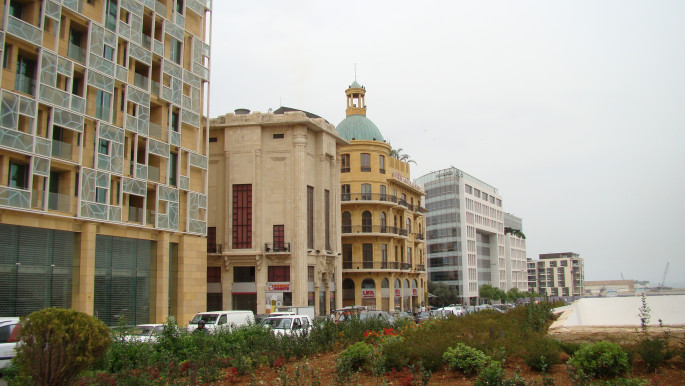 |
|
| Martyrs' Square in 2018 [Florence Massena] |
"Martyrs' Square is a strong symbol but since 1992, it has become banal," said Samer Ladki.
"It had meaning in 2005 when thousands of people came to protest against the Syrian presence in Lebanon. The plan was to open the space towards the sea and have an impressive square that would showcase the statue.
"But now the building is new and modern. It clashes with the Virgin [record store], which is in the building that used to be the opera house and has still conserved its cultural architecture.
"The parking area and the new buildings on the square do not coordinate with the rest of the area, there is a serious lack of life and interaction possibilities," Samer adds.
Weygand Street: Originally named Rue Nouvelle but renamed after Maxime Weygand, the High Commissioner of French-mandated Syria and Lebanon
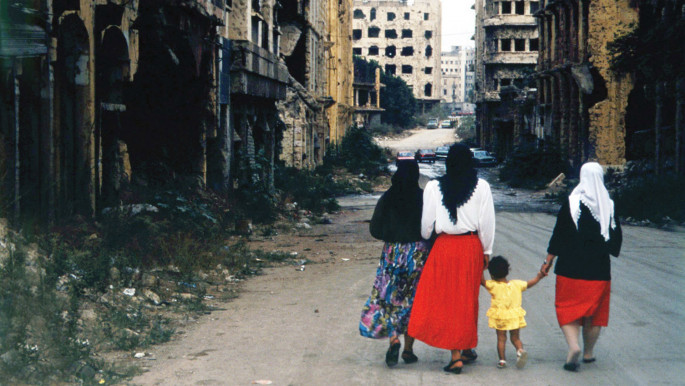 |
|
| Weygand street in 1991 [Jacqueline Meier @jm] |
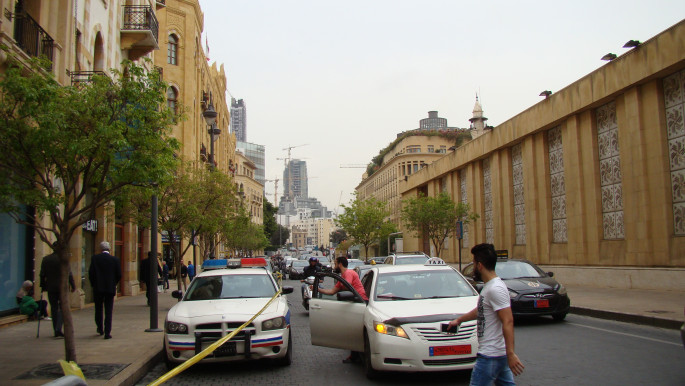 |
|
| Weygand street in 2018 [Florence Massena] |
"Weygand Street is still an important street in the city because it evolved well," Samer said.
"There is the Samir Kassir [the journalist assassinated in 2005] garden, the municipality and the mosque that has been well renovated.
"The only problems are the military blockades here and there. They didn't know what to do with this area after the war and ended up opening cafes, restaurants and shops. It was very lively until the 2006 war with Israel, and the accumulation of security issues and checkpoints affected the businesses here. It then became a ghost city."
Wadi Abu Jamil: The former Jewish quarter located in Beirut's Centre Ville
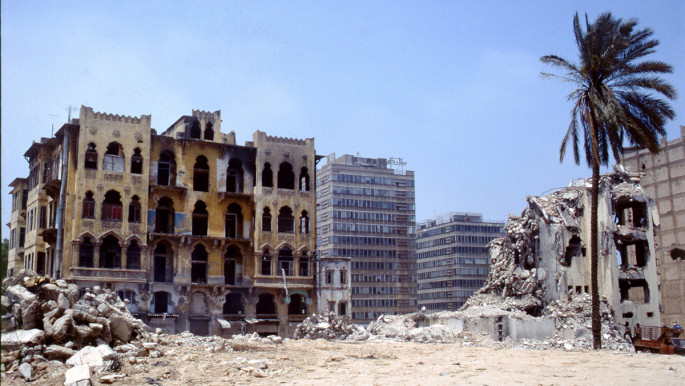 |
|
| Wadi Abu Jamil in 1996 [Jacqueline Meier @jm] |
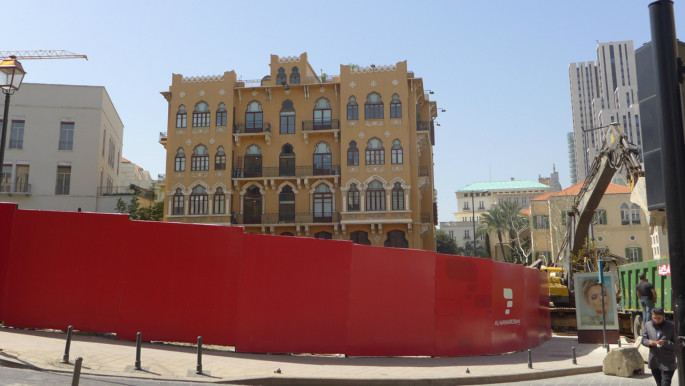 |
|
| Wadi Abu Jamil in 2018 [Jacqueline Meier @jm] |
"The Wadi Abu Jamil area has been well studied and renovated," Samer said. "Here you will find designer houses like Elie Saab.
"We can find old houses and buildings that have been conserved as well as new integrated buildings that have been developed regularly.
"There are residential and commercial buildings and small plots, offering local residents a variety of entertainment like restaurants and cafes but also services like pharmacies. Famous architecture companies have also intervened here, like Swiss architecture firm Herzog and Demeuron and the company of British architect Sir Norman Foster," Samer added.
Photographer Jacqueline Meier summed up downtown Beirut: "It is a city in perpetual evolution and change, without any logic or organisation."
Florence Massena is a freelance journalist based in Lebanon, where she reports on the region with a focus on the environment, women's issues, refugees and humanitarian initiatives.
Follow her on Twitter: @FlorenceMassena





 Follow the Middle East's top stories in English at The New Arab on Google News
Follow the Middle East's top stories in English at The New Arab on Google News


